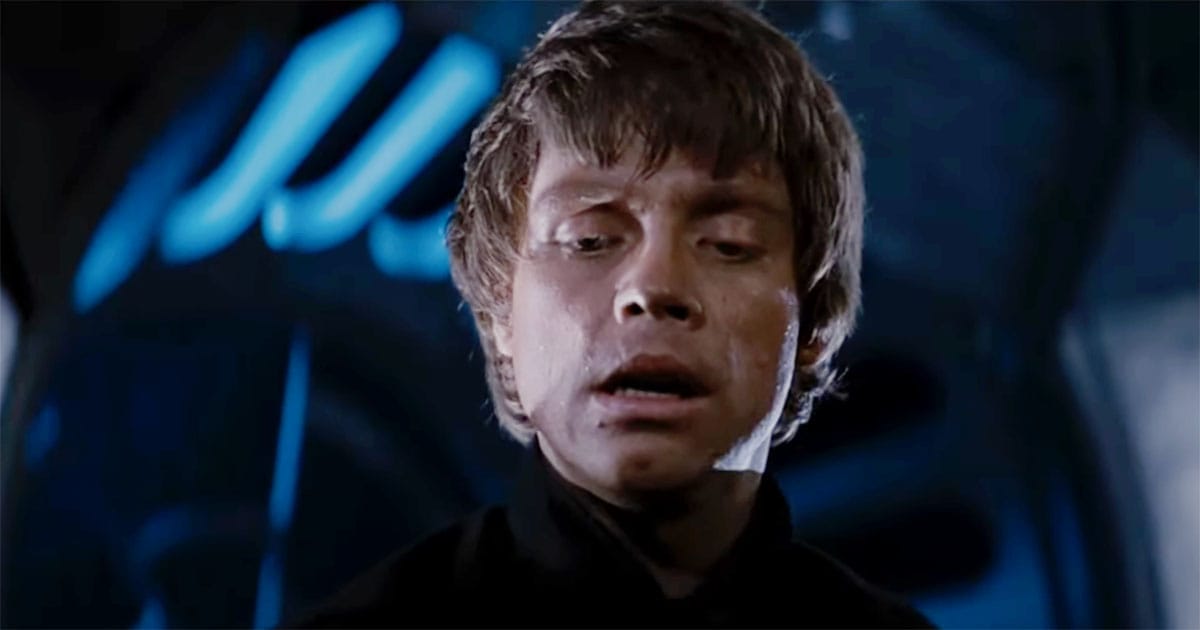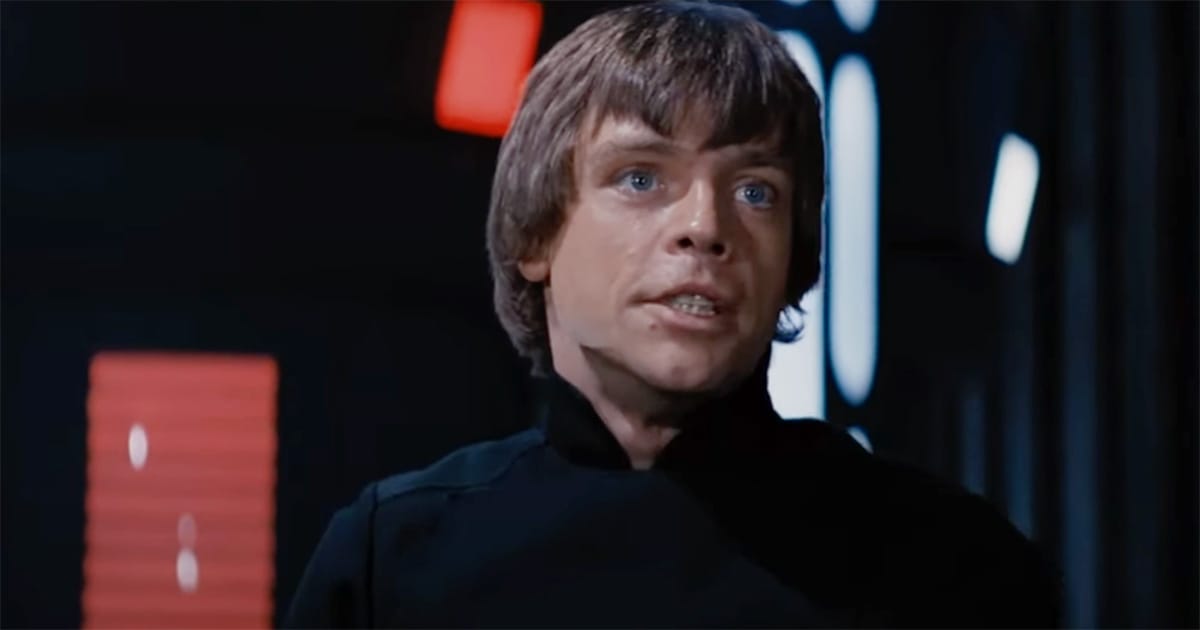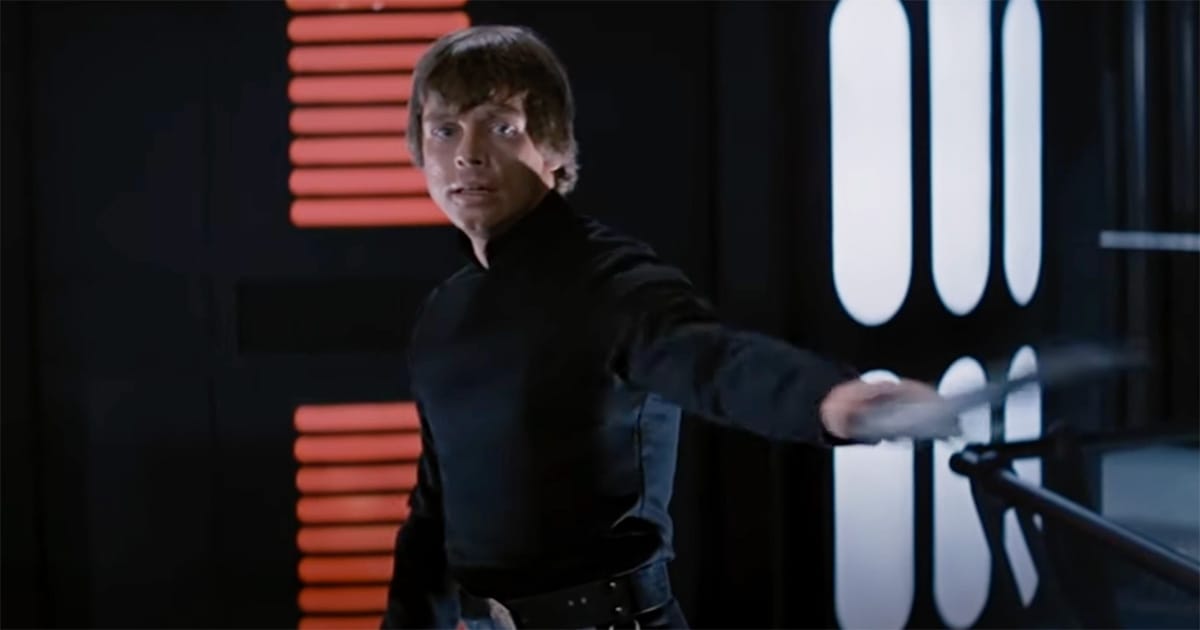The Hidden Jedi Rule That Explains "Star Wars"
Luke’s quiet refusal to fight in "Return of the Jedi" reflects a subtle Jedi rule that shapes the entire trilogy. The Rule of Non-Aggression reveals the true moral path of a Jedi Knight.

A Rule Hidden in Plain Sight
Most fans can quote "Star Wars" by heart. They know the hum of lightsabers, the cadence of Vader's breathing, and the soft warning of Yoda's wisdom. The original trilogy—"A New Hope," "The Empire Strikes Back," and "Return of the Jedi"—has been watched, rewatched, and dissected by generations. Yet hidden within its familiar rhythm is a Jedi rule so subtle that even seasoned viewers often miss it. It is not as famous as the ban on attachment or the structure of master and apprentice. It is the Jedi Rule of Non-Aggression.
This rule appears in a single line of dialogue but echoes through the entire trilogy in action, in restraint, and in the moral choices of the Jedi. It is not just a code of conduct. It is a quiet thread holding together the spiritual identity of the Jedi and the moral ascent of Luke Skywalker. In this article, we will follow that thread to its surprising center.
What the Rule Says and Why It Matters
Yoda delivers the rule without a preamble in "The Empire Strikes Back." As Luke trains on Dagobah, Yoda tells him, "A Jedi uses the Force for knowledge and defense, never for attack." The line is brief, even gentle, but it defines the entire Jedi worldview. This is not a tactical guideline. It is a moral boundary.

The Jedi are not warriors who use the Force to win battles. They are guardians who use it to avoid them. In most science fiction, power is measured by how effectively it is used. In "Star Wars," power is measured by how carefully it is held back.
This is a surprising turn for a space opera built on rebellion, dogfights, and galactic war. But the Jedi way is not the rebel way. While the rebellion seeks political change, the Jedi seek inner peace. That distinction matters.
The Rule of Non-Aggression separates the Jedi from the Sith, who embrace aggression as a path to strength. It also separates Luke from his father, Anakin, whose failure to honor this rule leads him down a dark path. Understanding this rule sheds new light on the trilogy. It shows us that the Jedi path is not about victory but about restraint.
Seeing the Rule at Work in the Trilogy
The Rule of Non-Aggression is not just a line of dialogue. It shapes the original trilogy from the inside out. The most important Jedi actions in these films are defined by what the characters refuse to do. When a Jedi chooses not to strike, the story turns.

In "A New Hope," Obi-Wan Kenobi faces Darth Vader aboard the Death Star. He does not fight to win. Instead, he lowers his weapon and accepts death. This act is not surrender. It is a final lesson to Luke—a quiet warning that aggression leads nowhere.
In "The Empire Strikes Back," Yoda repeatedly instructs Luke to calm himself, to resist anger, to let go of fear. These are not just training notes. They are guardrails. Yoda sees the future and knows that Luke's real battle will be with his own impulse to attack.
That battle reaches its climax in "Return of the Jedi." Luke stands before the Emperor, lightsaber in hand, his father defeated. He is urged to strike. He nearly does. But then he stops, tosses the weapon aside, and declares, "I am a Jedi, like my father before me."
This is the rule in action. No fanfare. No declaration. Just silence, control, and moral clarity. Luke wins not by overpowering the dark side, but by refusing to imitate it. It is a rare moment in science fiction—a hero who wins by not fighting. And it only makes sense if you have seen the Jedi Rule of Non-Aggression at work.
Where the Rule Comes From and What It Means
The Jedi Rule of Non-Aggression does not originate in space fantasy alone. It reflects older codes from history, including those of monks, knights, and samurai. In each of these traditions, true strength comes from self-control rather than brute force. The Jedi are not simply fictional warriors. They are heirs to a longer tradition of disciplined power.

In medieval chivalry, the knight was expected to protect the weak, but to resist acting out of pride or vengeance. In Christian monastic life, the sword was replaced with silence and prayer. The Jedi reflect both paths. They are armed, but they are slow to draw. They are trained to fight, but they are taught to wait.
This makes them the opposite of the Sith. Where the Jedi seek peace, the Sith chase control. Where the Jedi hesitate, the Sith strike. That contrast is more than philosophical. It defines the outcome of every confrontation in the trilogy.
The same rule explains Luke Skywalker's inner conflict. He is told to wait when he wants to rush. He is asked to resist when he wants to act. These delays are not signs of weakness. They are part of his training, often unnoticed, but essential.
When Luke finally stands before the Emperor, he does not win by strength. He wins by refusal. That moment is possible only because he has learned the value of restraint. The Rule of Non-Aggression, drawn from ancient models, gives the trilogy a depth that rewards close attention.
The Quiet Triumph of Restraint
Luke Skywalker's final act in "Return of the Jedi" is often remembered for its emotion, but its true power lies in what he does not do. He does not strike down his father. He does not give the Emperor what he wants. He throws away his weapon and chooses to stand still. That quiet moment carries the full weight of Jedi teaching.

The Rule of Non-Aggression is easy to miss because it does not shout. It whispers through choices, through hesitation, through silence. It is a rule of moral discipline rather than cinematic spectacle. And yet, it defines the soul of the original trilogy.
Most science fiction celebrates the hero who acts. "Star Wars" dares to celebrate the hero who resists. That choice gives Luke his victory and gives the trilogy its lasting meaning. Watching again with this rule in mind, you may find the story has more to say than you ever realized.

